Emerson PR9268/200-000 electric speed sensor: injecting intelligent kinetic energy into equipment health management With the rapid development of industrial digitalization today, how to efficiently monitor the operating status of equipment and warn of faults in advance has become a core issue of concern to enterprises. The PR9268/200-000 electric speed sensor launched by Emerson has become an ideal choice for vibration monitoring of equipment in various industries with its high sensitivity, reliability and industrial adaptability. It is widely used in key fields such as power, petrochemical, cement, and metallurgy. Efficiently monitor vibration and ensure equipment safety PR9268/200-000 is designed based on the principle of electric induction and can accurately measure the vibration speed of rotating equipment. Compared with traditional acceleration sensors, this product is more sensitive to low-frequency vibration and is very suitable for monitoring the operating status of key mechanical equipment such as fans, motors, water pumps, and compressors. Its wide frequency response range (typically 10Hz~1000Hz) can fully capture subtle changes in equipment operation and effectively reduce the risk of potential failures. Industrial-grade structural design, adaptable to extreme working conditions The sensor housing is sturdy, usually made of stainless steel or high-strength aluminum, with excellent corrosion and impact resistance. Whether in high temperature, high humidity, or harsh environments with a lot of dust and oil, PR9268/200-000 can maintain stable operation. Its protection level reaches IP65 or above, ensuring that the sensor still maintains high-precision performance during long-term operation. Plug and play, easily integrated into existing systems PR9268/200-000 supports standard 4~20mA current output, compatible with most PLC, DCS systems and vibration monitoring equipment, easy to install and deploy, no complex debugging required. This plug-and-play design concept not only simplifies the system integration process, but also greatly improves the work efficiency of field engineers. Widely applicable to major industrial scenarios This sensor is suitable for a variety of industrial scenarios and has flexible adaptability: Power plants: monitor the vibration of equipment such as turbines, water pumps, cooling fans, etc.; Petrochemical: realize the status tracking of compressors and mixing equipment; Cement and steel industry: used for vibration detection of heavy machinery such as grinders and blowers; Manufacturing: realize centralized monitoring of the status of key equipment and improve the visualization level of production lines. Intelligent interconnection, help predictive maintenance Combining PR9268/200-000 with Emerson's intelligent monitoring platform can realize real-time collection, remote diagnosis and trend analysis of equipment operation data. Enterprises can build a predictive maintenance system based on this, improve asset utili...
Read More
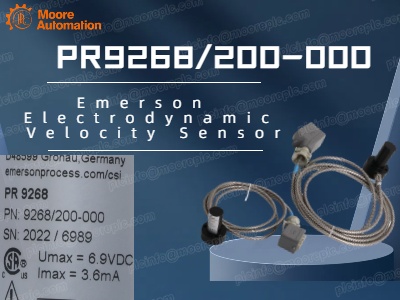
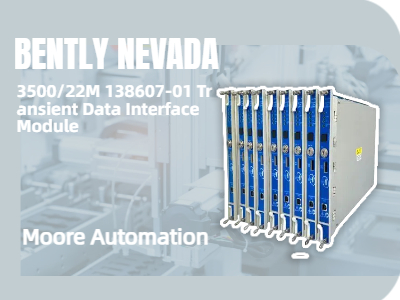


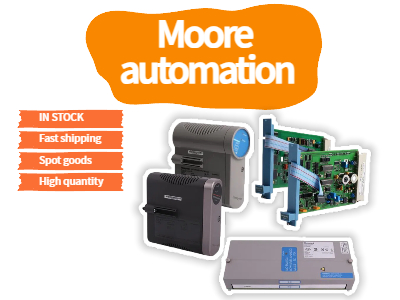
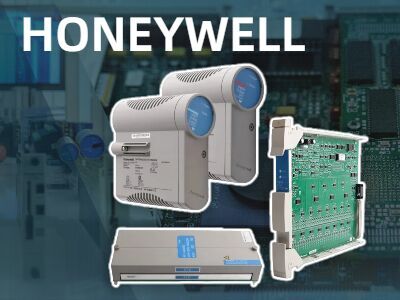

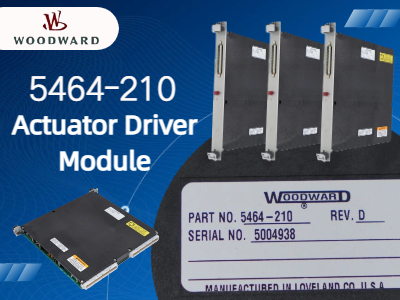


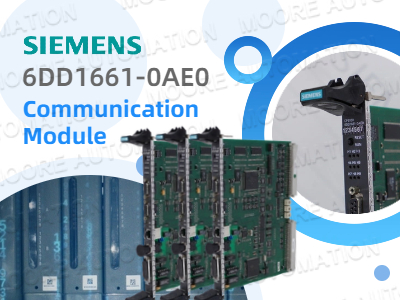












 IPv6 network supported
IPv6 network supported